Superfoods
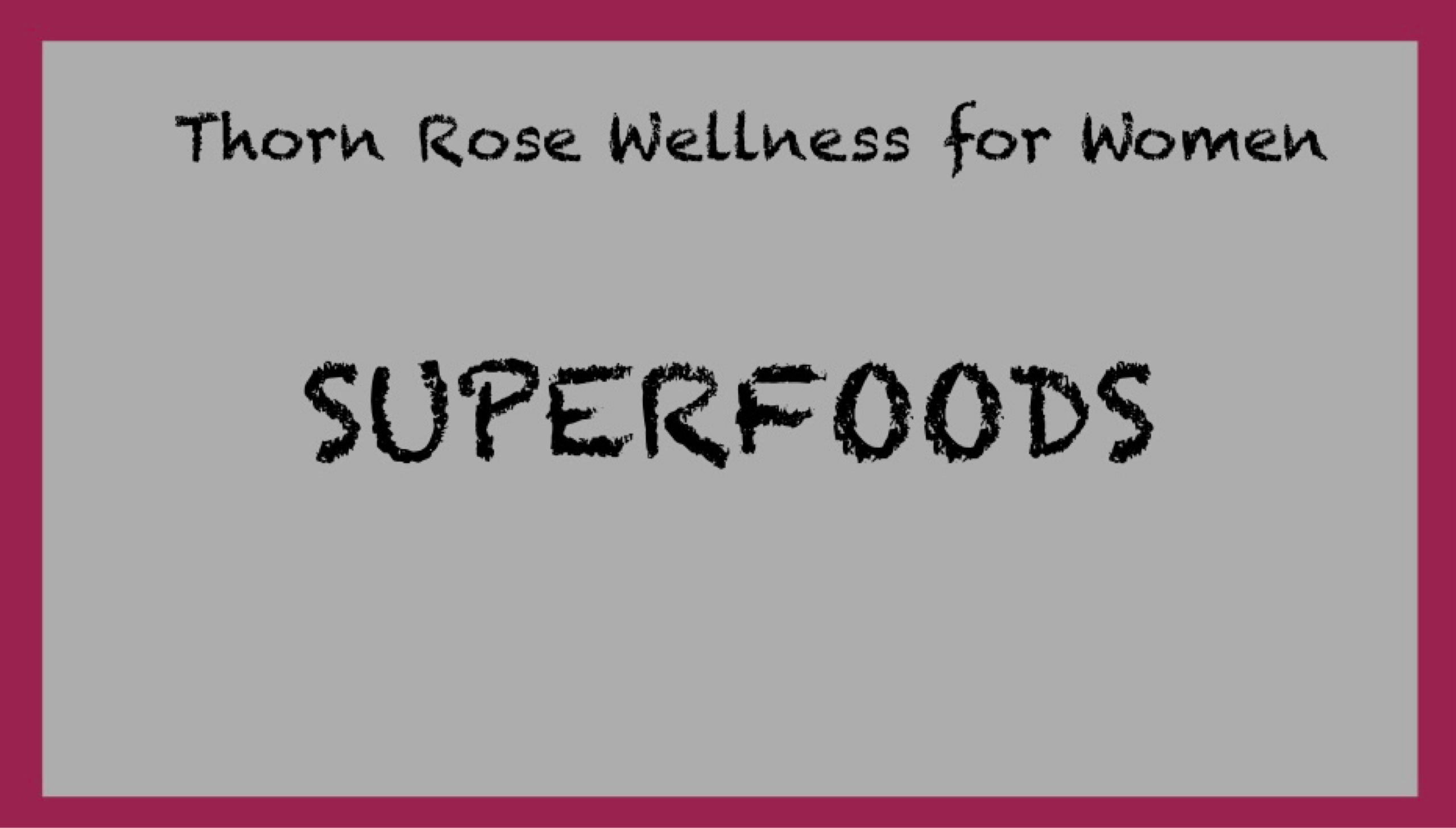
In this article, we’ll take a little look at Superfoods, as it’s a topic that people often ask about.
It’s important to note that the term is more of a marketing than a scientific one. There is no definition of a superfood as such, but usually they are described as “nutrient dense foods that are rich in vitamins, minerals, antioxidants, fibre, phytonutrients and polyphenols, making them a valuable addition to a balanced diet”. Sometimes the marketing makes it sound like they are good alternative (rather than addition) to a balanced diet, but of course we know there’s no such silver bullet.
Not every plant has ever received superfood status, but remember, there is no agreed definition. Nutrient-dense with a good dose of antioxidants seems to be amongst the agreed criteria, and plenty of fruit, vegetables, seeds and nuts, legumes and pulses meet that standard. There is an argument for some non-plant foods being considered superfoods as well - such as yoghurt, and fish. But fish carry contaminants which might counteract their beneficial properties of being high on Omega-3 Fatty Acids, and yoghurt can also contain contaminants and isn’t beneficial for those with lactose intolerance.
Of course, there are some “Superfood” plants which some people don’t tolerate, in which case that particular food isn’t super for them.
A quick online search, however, will reveal that a plant that gets dropped from one “superfood” list might be high up on another. Bananas were an early “superfood”, because they are a great source of potassium, vitamins B6 and C, and fibre, but they might not have as high levels of antioxidants as other fruits. Grapes (or more particularly the skin, which is often the case) are a great source of the antioxidant resveratrol (also present in red wine), but might not contain as much of certain vitamins and minerals as other fruits.
Probably the most justifiable plants to leave off the “superfood” list are those that have a very high water content - watermelon, honeydew melon, iceberg lettuce - simply because the concentrations of anything, including fibre, are going to be relatively low, because of the water content. But of course, having said that, they do offer some good nutrients (with the possible exception of the iceberg lettuce, this one is controversial) and hydration and you might enjoy eating them.
So, what this really is leading me on to suggest is that you could either argue that many, many plants have superfood status, or none of them do, since there is no agreed definition and most plants contain good levels of anti-oxidants, fibre, vitamins, minerals, polyphenols, and other beneficial active compounds. The fact that no single plant provides absolutely everything needed is probably no surprise. What is needed is a good variety of different plants.
Rather than delving into the nutritional profile of a lot of various plants, and comparing it to a list of nutrients you intend to imbibe (how much manganese do you need?) probably the best strategy is to include the widest variety that you can into your diet. Especially if those can be found locally.
Tim Spector, of Zoe, gives the advice to put mixed berries on your yoghurt, rather than, say, just raspberries, have a handful of mixed nuts rather than just peanuts, a tin of mixed beans rather than just kidney beans, you get the idea. Any time you can add more variety and it doesn’t detract from your pleasure, go for it.
If you eat a good variety of different coloured fruits and vegetables, a wide range of nuts and seeds, different grains, different types of rice, lots of different herbs and spices, and include some different kinds of oils, you will benefit enormously from that variety. Your gut microbiome will thank you, and you will also be hedging your bets to ensure a plentiful abundance of all those awesome phytonutrients, polyphenols, vitamins, minerals, anti-oxidants and other active compounds.
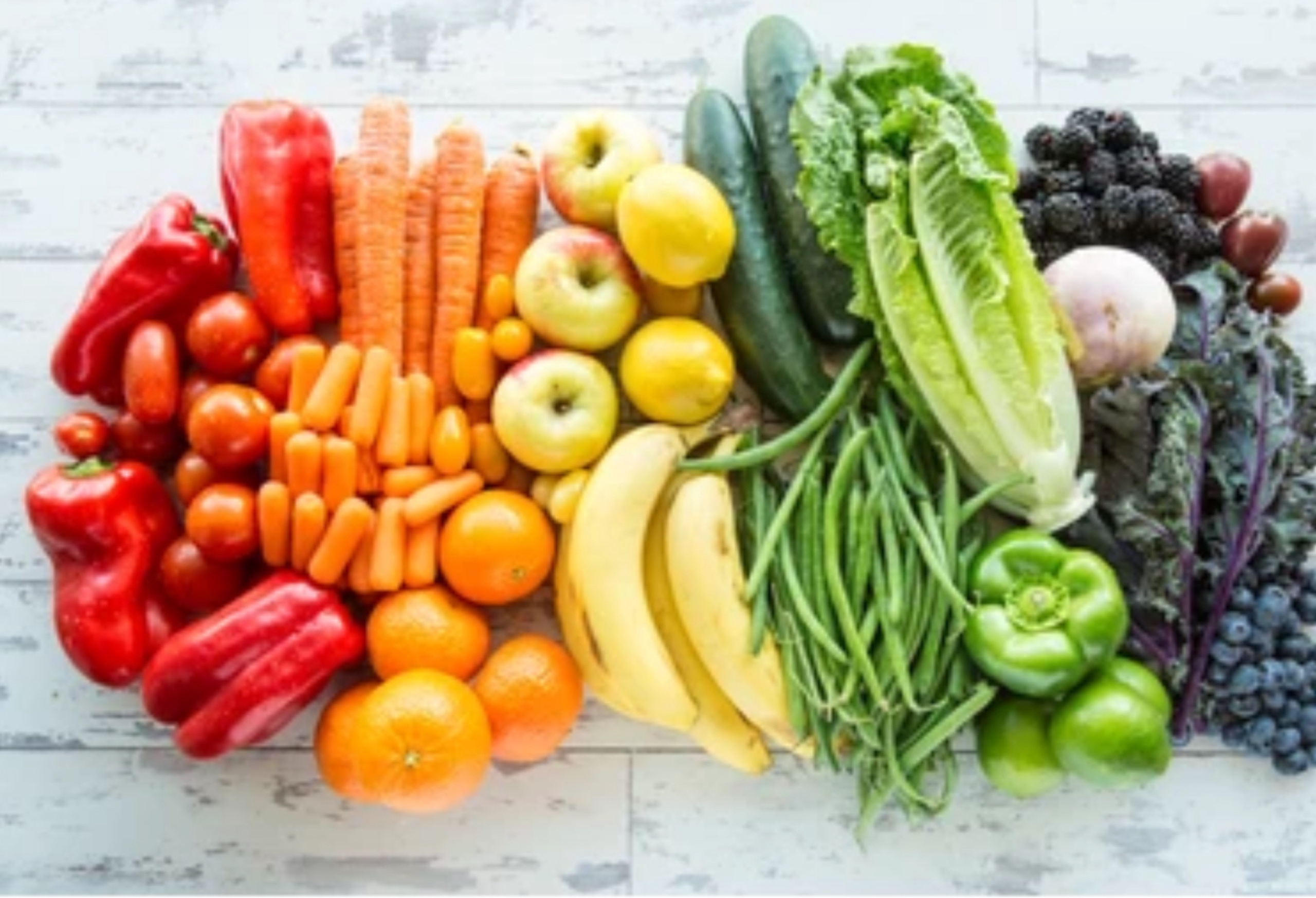
But! There are some ethical considerations to gorging on goji, cramming in coconut, and quaffing the quinoa, both environmentally and for the people of the producing country.
Difficulties arise when a food grows in sudden popularity, and coconut is one of the most damaging trends, being far less environmentally friendly than even palm oil. Even when a food doesn’t pose eco-system threats, there are implications for the country when a staple becomes highly sought after elsewhere. So, quinoa is a basic staple in South America, but when it becomes valuable to the health conscious of the UK, for example, it becomes a valuable export crop which puts it out of the reach of locals.
This is why it’s such great news that a company such as Hodmedods has worked out how to grow crops such as quinoa and chia in the UK. They also do a lovely seed called Camelina “Gold of Pleasure”, an ancient one which used to be grown widely here, and which is a good substitute for chia seeds and has the same gloopy qualities when soaked in water (so can be used in puddings or as an egg substitute). Flax seed (or linseed) is also good and another ancient local seed. And some farmers have been having success with sweet potatoes, as well, for instance.
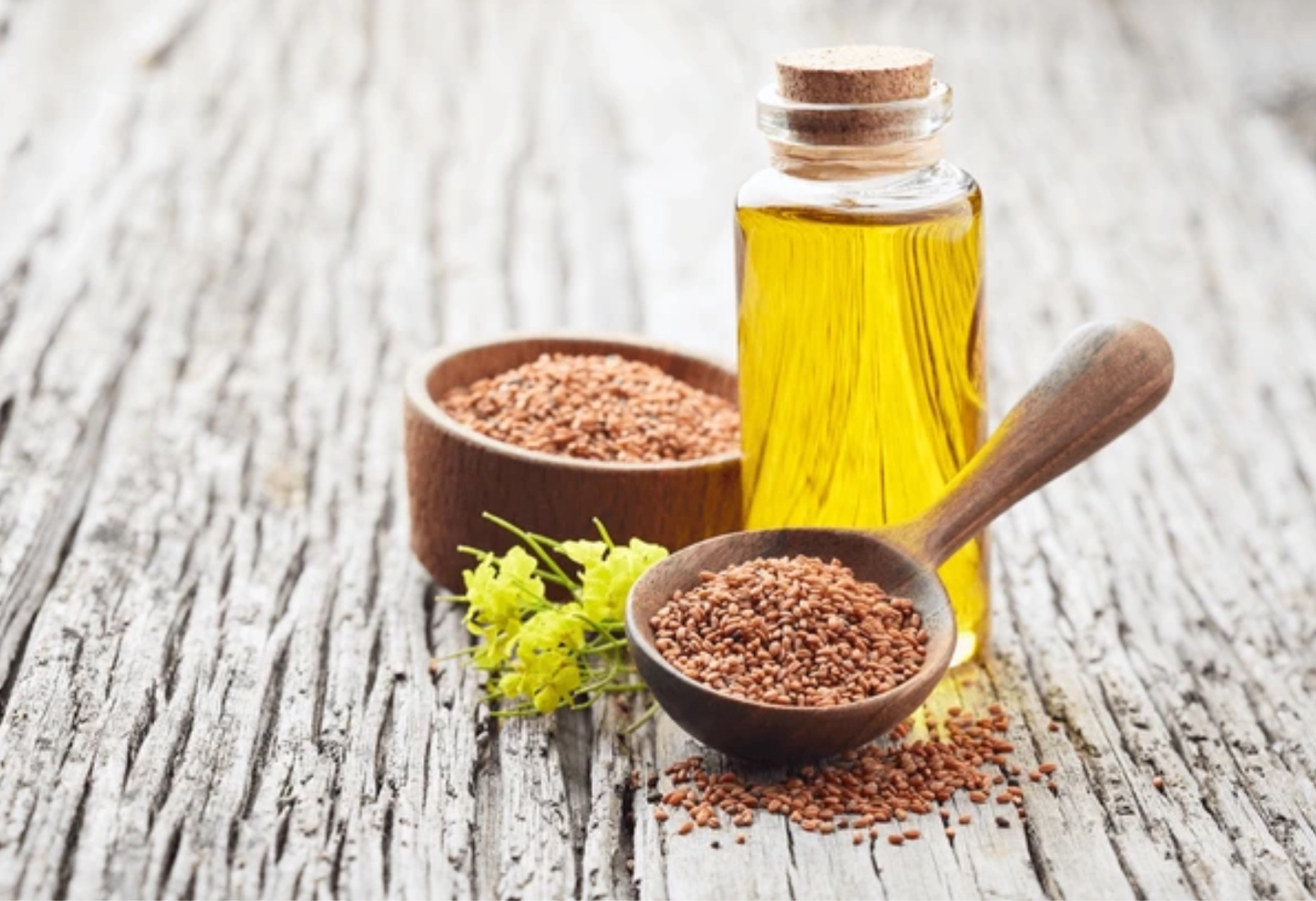
This article is an interesting one that suggests that there are some less exotic counterparts to the better known superfoods - and even a suggestion for a swap for maca root!
Spoiler alert (if you didn’t click on the article): Broccoli might be a viable alternative to maca, and in fact broccoli seed extract (containing higher levels of the relevant active compound) is often found in those menopause blends we were talking about before.
But! There are a whole load of other seeds (see below) you could incorporate into your diet, some of which can even be foraged, and others easily grown, meaning you can rely a lot less on seeds brought in from other places.
The “superfood” message really boils down to the fact that so very many plants are full of beneficial bioactive compounds, and including a wide variety of them into your diet is a simple way to boost so many aspects of your health.
What I like about the notion of “superfoods” is that it emphasises how wonderful these foods are, and the focus is on celebrating nourishment rather than the restriction of “bad” foods.
We’re going to take a look at just a handful of easily available wonderful foods that are packed full of beneficial nutrients and active compounds that are a joy to incorporate into your daily nourishment:
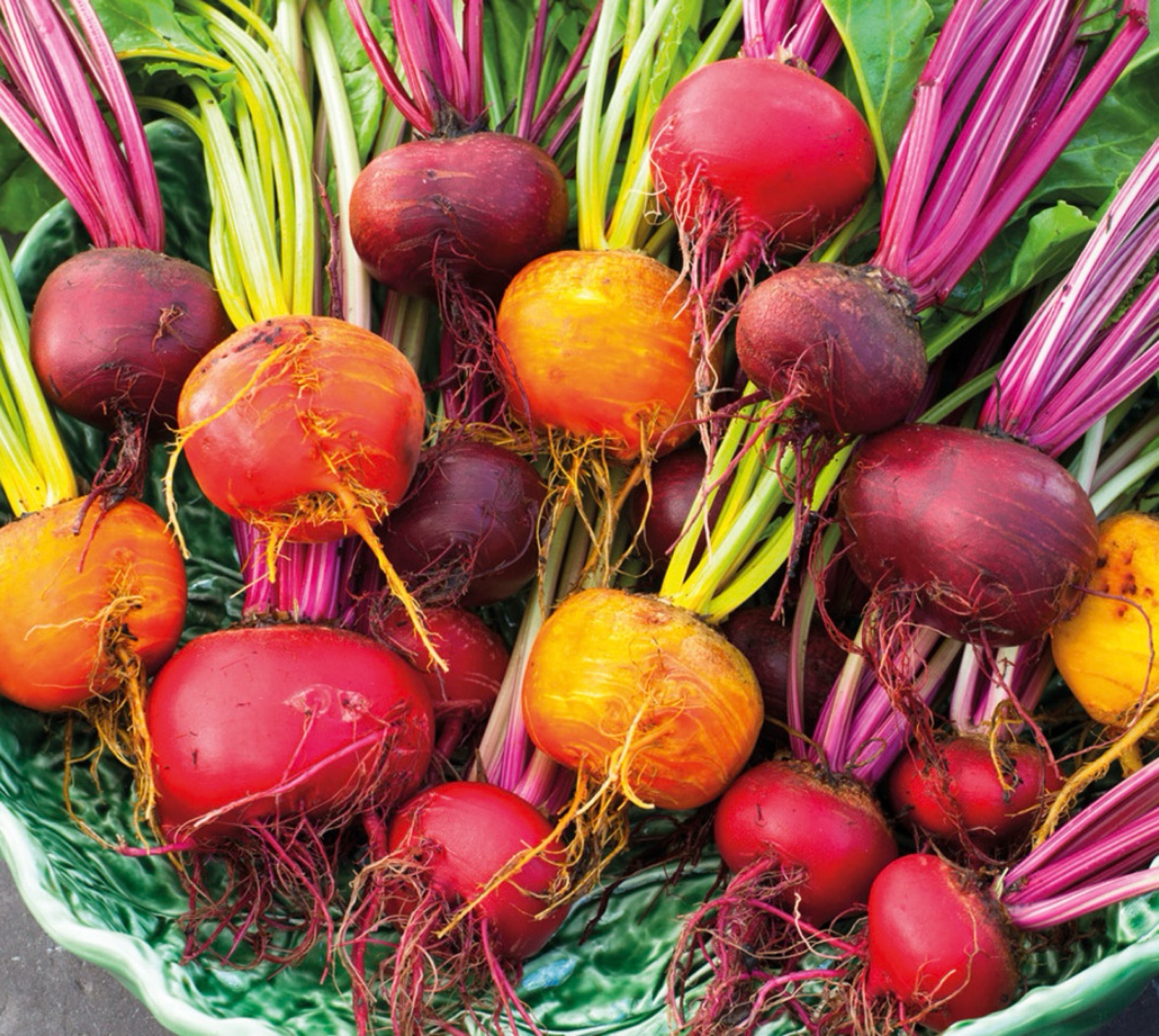
Beetroot
It might well be that beetroot deserves special consideration, due to its rich nutritional profile and numerous health benefits. It can even help with those HIIT sessions you might be considering doing.
Here are some key reasons why beetroot is so beneficial, and you can also check out this Just One Thing for more information:
Rich in Nutrients Beetroot is a good source of essential vitamins and minerals, including folate (vitamin B9), manganese, potassium, iron, and vitamin C. It is also high in fibre
Antioxidant and Anti-Inflammatory Properties Beetroots contain powerful antioxidants, such as betalains, which give them their vibrant color and help protect cells from oxidative stress and inflammation.
Improves Blood Pressure: Beetroot is rich in nitrates, which the body converts into nitric oxide. Nitric oxide helps relax and dilate blood vessels, improving blood flow and lowering blood pressure. This is quite an extraordinary thing for a vegetable to be able to do, no?
Enhances Athletic Performance The nitrates in beetroot can also improve oxygen use and endurance, making it popular among athletes for enhancing performance and stamina.
Supports Heart Health The combination of fibre, antioxidants, and nitrates in beetroot contributes to better heart health by lowering blood pressure, reducing inflammation, and improving overall cardiovascular function.
Improves Cognitive Function: You could be forgiven for thinking that just about every suggestion we make improves cognitive function, but the increased blood flow from nitric oxide production can also benefit brain health, potentially improving cognitive function and reducing the risk of dementia.
Aren’t nitrates really bad for us, though? Well, it depends on the source. The nitrates in vegetables such as beetroot, spinach and rocket convert the nitrates into nitric oxide, which is beneficial for vascular health as it helps relax blood vessels, improves blood flow, and lowers blood pressure.
This is very different from the nitrates that are added to, say, processed meats as a preservative. In this case, nitrates can be converted into nitrosamines, which have been linked to an increased risk of cancer.
It appears to be the fact that nitrates from vegetables come with antioxidants like vitamin C and polyphenols which inhibit the formation of nitrosamines. If you absolutely adore foods with added nitrates, it might be worth ensuring you eat polyphenol- and antioxidant- rich foods to offset the effects.
Apples
We mentioned apples before, and this Just One Thing goes into some detail about why they are so spectacularly good for us. That old adage of “an apple a day keeps the doctor away” really does hold truth. As usual, it’s the skin where the polyphenols are concentrated, so incorporating that is particularly important.
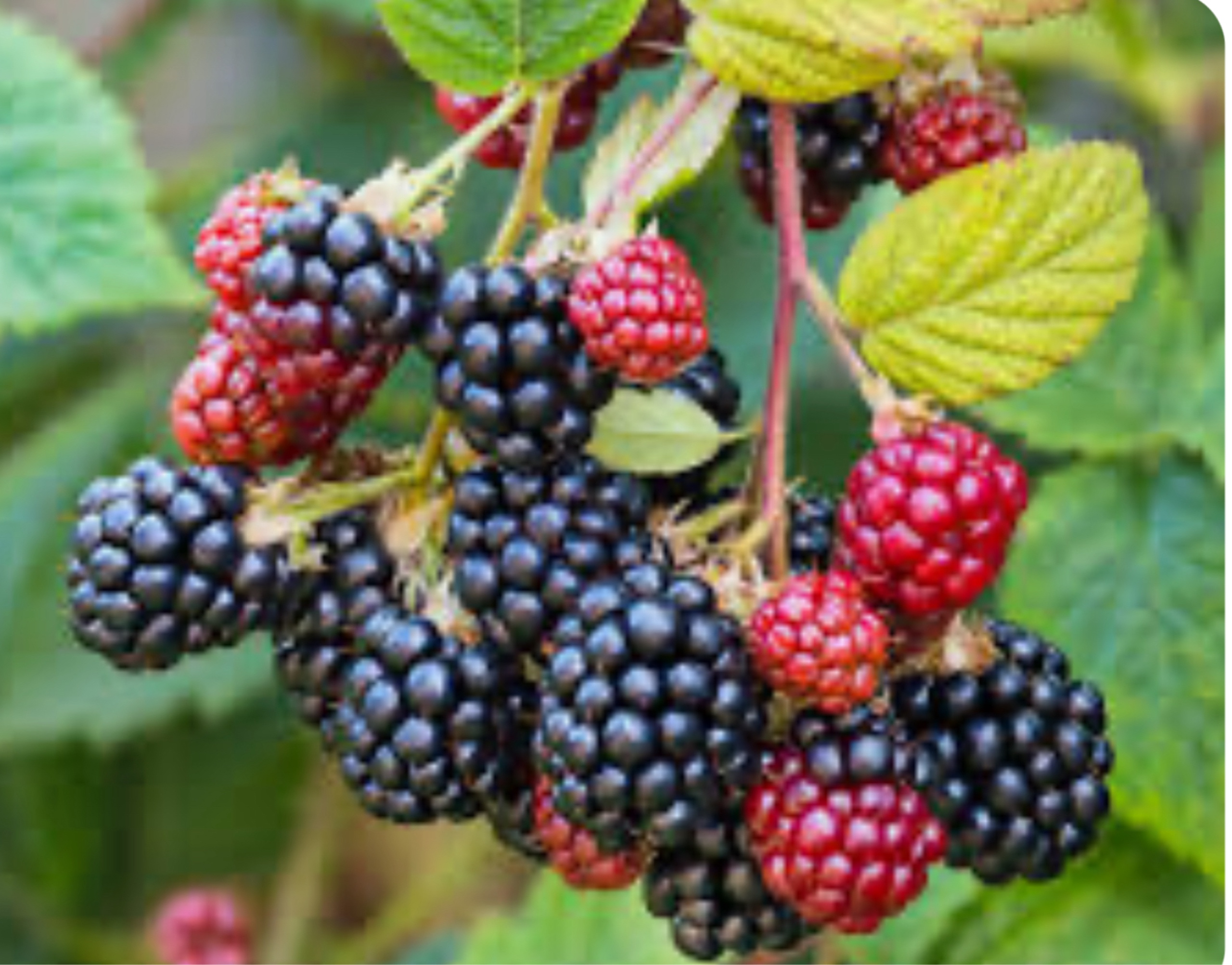
Berries
Berries generally are rich in antioxidants, vitamins, minerals and fibre, but check out how awesome blackberries are! Available in many countries throughout the world, they grow vigorously and can be freely foraged, although domestic varieties (including thornless ones) are also available to grow. Ways of preserving them include freezing and drying. Jam is another option, but obviously the inclusion of a lot of sugar in the jam-making process somewhat negates the health benefits!
Blackberries are a highly nutritious fruit that offer numerous health benefits due to their rich content of vitamins, minerals, fibre, and antioxidants. Here are some of the key nutritional benefits of blackberries:
High in Vitamins:
- Vitamin C: Blackberries are an excellent source of vitamin C, which is important for immune function, skin health, and the production of collagen.
- Vitamin K: This vitamin plays a crucial role in blood clotting and bone health.
- Vitamin A: Blackberries contain vitamin A, which supports vision, immune function, and skin health.
Rich in Antioxidants:
- Anthocyanins: These pigments give blackberries their deep color and have strong antioxidant properties, which help protect cells from oxidative stress and reduce inflammation.
- Ellagic Acid: This compound has been shown to have anti-cancer properties and can help protect the skin from UV damage.
High in Manganese:
- Manganese is an essential mineral that plays a role in bone development, metabolism, and the antioxidant defense system.
Provides Folate:
- Folate (vitamin B9) is important for DNA synthesis and repair, and is particularly important during periods of rapid growth, such as pregnancy.
Contains Magnesium:
- Magnesium is vital for muscle and nerve function, blood sugar control, and blood pressure regulation. We may have mentioned this in some detail in Marvellous Magnesium
Promotes Heart Health:
- The combination of antioxidants, fibre, and vitamins in blackberries supports cardiovascular health by reducing inflammation, improving cholesterol levels, and lowering blood pressure.
Supports Brain Health:
- The antioxidants in blackberries, particularly anthocyanins, may help protect the brain from age-related decline and improve cognitive function.
That’s quite an awesome package of wonderfulness that can just be collected for free, wouldn’t you agree? I wouldn’t say, personally, that blackberries are my favourite berry, but this nutritional profile makes me appreciate them more than I maybe previously have. Here’s a link to an article about them here:
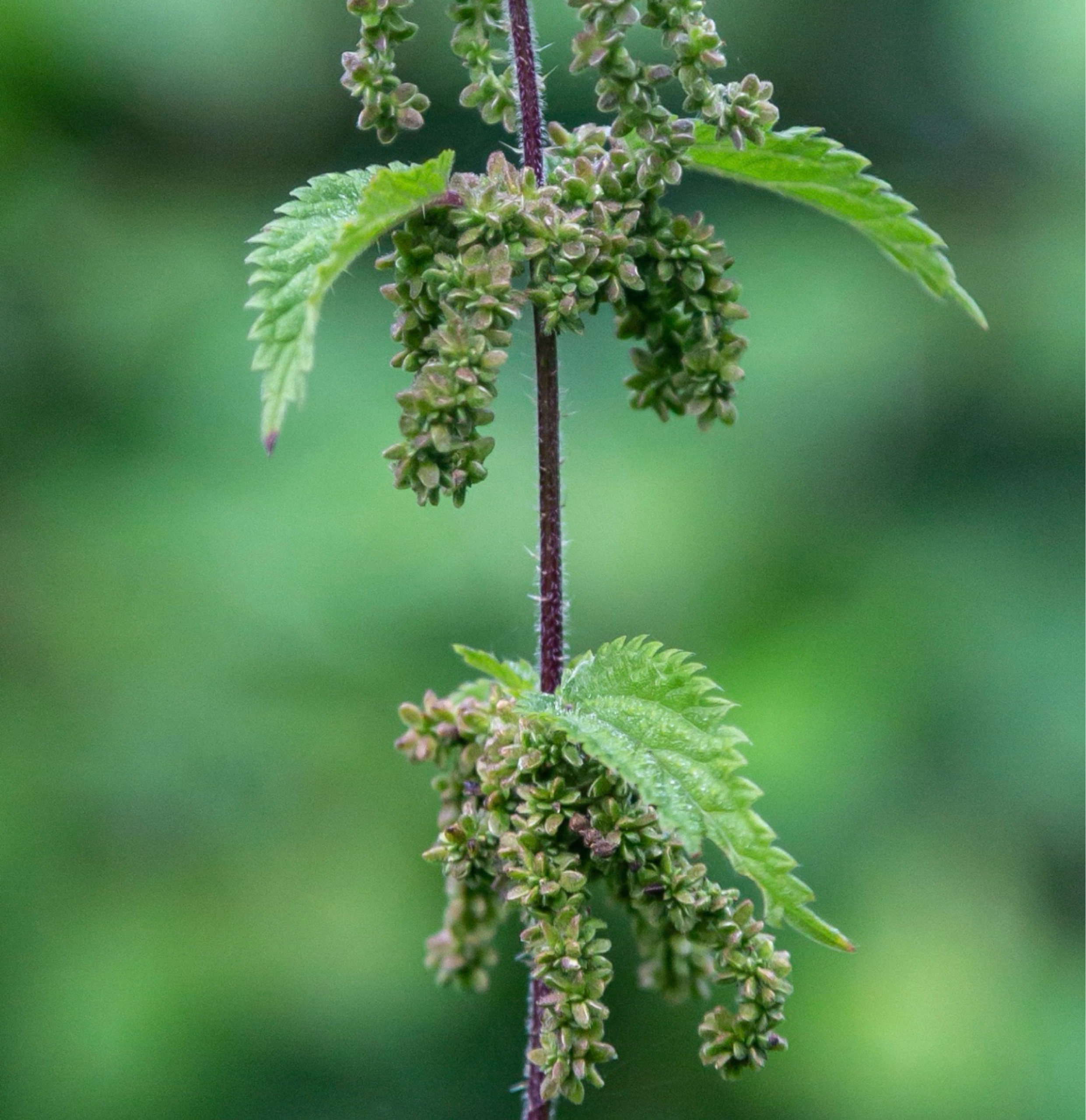
Nettle
Nettle is another absolutely wonderful freely available food, but not something you would want to graze on in quite the same way as blackberries! The sting can, however, be quite easily neutralised by blanching in hot water, or rubbing away the hairs - obviously with protective gloves, although as the article here suggests, the stinging may provide some benefits.
But check out below what nettle can do for you.
Rich in Vitamins
- Vitamin A: Essential for vision, immune function, and skin health.
- Vitamin C: Important for immune function, skin health, and antioxidant protection.
- Vitamin K: Crucial for blood clotting and bone health.
- B Vitamins: Includes vitamins like riboflavin (B2), niacin (B3), and folate (B9), which are important for energy metabolism and cell function.
High in Minerals:
- Iron Important for the formation of red blood cells and prevention of anemia.
- Calcium: Essential for bone health and muscle function.
- Magnesium: Vital for muscle and nerve function, blood sugar control, and blood pressure regulation.
- Potassium: Important for maintaining proper fluid balance and supporting heart health.
- Phosphorus: Crucial for the formation of bones and teeth, and for cell repair and growth.
Protein Content:
- Nettle leaves are relatively high in protein compared to other leafy greens, making them a good plant-based protein source.
Rich in Antioxidants:
- Nettle contains various antioxidants, such as polyphenols and flavonoids, which help protect cells from oxidative stress and reduce inflammation.
Anti-Inflammatory Properties:
- Compounds in nettle, such as quercetin and kaempferol, have anti-inflammatory effects, which can help alleviate symptoms of arthritis and other inflammatory conditions.
Supports Urinary Health:
- Nettle has diuretic properties, which can help promote urinary tract health by increasing urine output and flushing out toxins.
Bone Health:
- The combination of calcium, magnesium, and vitamin K in nettle contributes to strong bones and may help prevent osteoporosis.
Blood Sugar Regulation:
- Some studies suggest that nettle can help regulate blood sugar levels, making it potentially beneficial for individuals with diabetes.
Skin Health:
- The anti-inflammatory and antioxidant properties of nettle can be beneficial for skin health, potentially aiding in the treatment of conditions like eczema and acne.
So, that sounds awesome - how do you eat it? Well, nettle can be consumed in various forms, such as teas, soups, stews, and even as a cooked green similar to spinach. Vigorously rubbing the stinging hairs with protected hands, or blanching in hot water, or cooking in a soup, or as a crisp fried in oil are all good ways. Once they start flowering, they become high in calcium oxalate crystals, which can cause irritation to the urinary tract and increase the risk of kidney stones in those susceptible, so it’s better to eat the younger growth before flowering, and the top few leaves are most tender. If you cut back flowering nettles, however, they will quickly regrow. If you do leave them to flower, or are foraging, nettle seeds are also awesome, as described below.
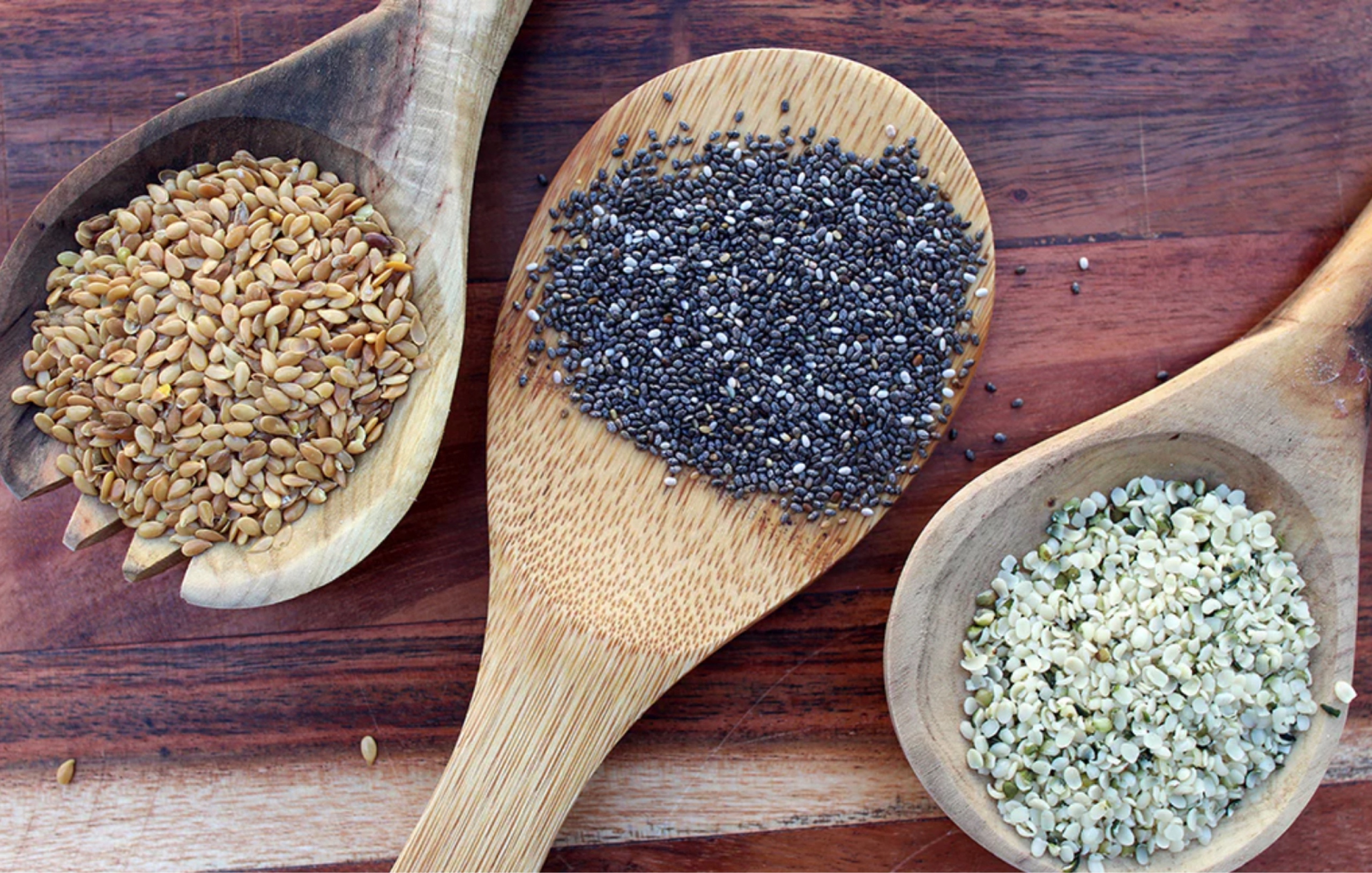
Seeds
I am not going to exhaustively profile the nutritional benefits of each type of seed here and that’s why we stress the importance of eating a variety - but generally seeds are good to include for the following reasons:
Rich Source of Nutrients
- Vitamins: Seeds often contain vitamins like vitamin E, which acts as an antioxidant, and B vitamins, which are important for energy metabolism.
- Minerals: They provide essential minerals such as magnesium, calcium, zinc, and iron, which are crucial for various bodily functions.
High in Healthy Fats
- Omega-3 Fatty Acids: Seeds like flaxseeds and chia seeds are excellent sources of alpha-linolenic acid (ALA), a type of omega-3 fatty acid that supports heart health.
- Monounsaturated and Polyunsaturated Fats: Seeds such as pumpkin seeds and sunflower seeds contain healthy fats that can help reduce inflammation and improve heart health.
Protein-Rich
- Plant-Based Protein: Seeds provide a good source of plant-based protein, making them especially valuable for vegetarians and vegans. Hemp seeds, chia seeds, and sunflower seeds are notable examples.
. Antioxidant Properties
- Protection Against Oxidative Stress: Many seeds are rich in antioxidants like vitamin E, selenium, and phenolic compounds, which help protect cells from damage caused by free radicals.
Heart Health
- Cholesterol Management: Seeds such as flaxseeds and chia seeds contain lignans and soluble fibre, which can help lower LDL cholesterol levels.
- Blood Pressure Regulation* The magnesium and potassium in seeds like pumpkin seeds help regulate blood pressure.
Blood Sugar Control
- Glycemic Control: The fibre, protein, and healthy fats in seeds can help stabilise blood sugar levels, making them beneficial for people with diabetes or insulin resistance.
Anti-Inflammatory Properties
- Reduction of Inflammation: Seeds such as flaxseeds and chia seeds contain omega-3 fatty acids and other anti-inflammatory compounds that help reduce inflammation in the body.
Bone Health
- Calcium and Magnesium: Seeds like sesame seeds are rich in calcium and magnesium, which are essential for maintaining strong bones.
Skin and Hair Health
- Nutrient Support: The vitamins, minerals, and healthy fats in seeds contribute to healthy skin and hair. For instance, the zinc in pumpkin seeds is important for skin repair and hair growth.

Sunflower seeds can be harvested from sunflowers that you grow, as can pumpkin seeds from pumpkins, and indeed, all squash seeds are edible.
Seeds from the opium poppy are edible - these are the ones that are generally commercially available, but not all poppy seeds are edible. If you want to be absolutely sure, the latin name is papaver somniferum. If you are an athlete, eating poppy seeds can produce false positives for opiates on drug tests, but that probably doesn’t need to concern most of us! Poppy seeds are widely used throughout the world in many cuisines and like the other seeds outlined here are rich in :
Nigella is an interesting seed that can be grown so easily in the UK - it is the seed of the “Love in the Mist” plant (above) and have been used medicinally and in cuisine throughout the world for centuries!
They can be added to spice mixtures, kneaded into bread, or ground like pepper as a topping. They are also known as kalonji or black onion seed, but they are not a part of the onion family.
Nettle seeds
Check out this excellent article for pretty much everything you need to know about nettle seeds:
There are so many more wonderful plants we can forage in the UK. I can feel a Part Two coming on!